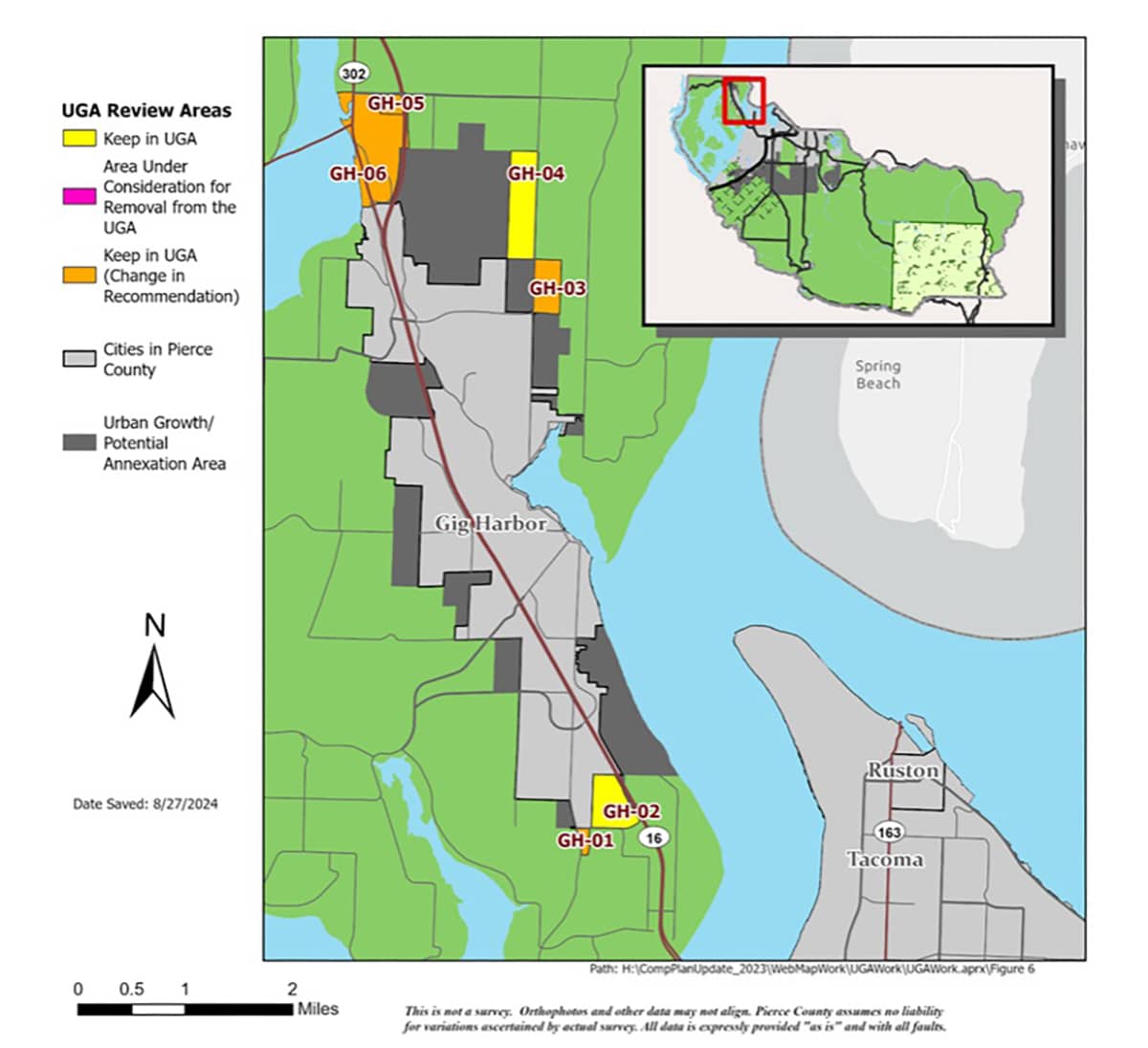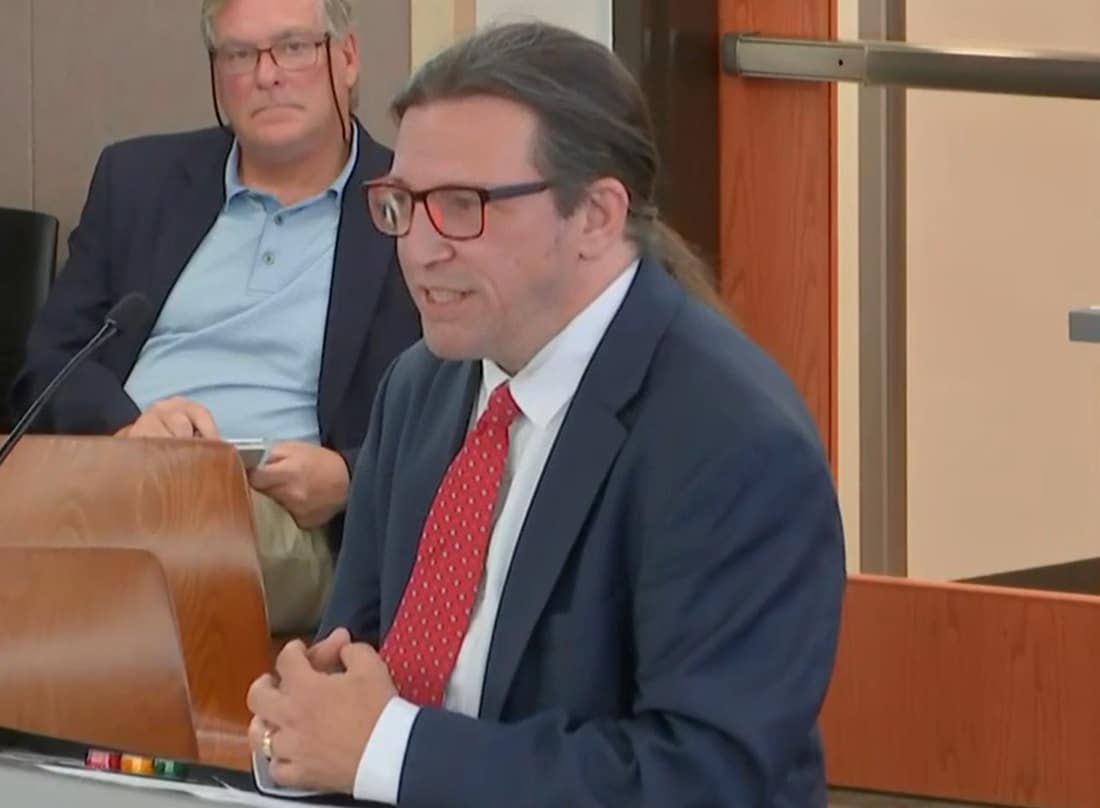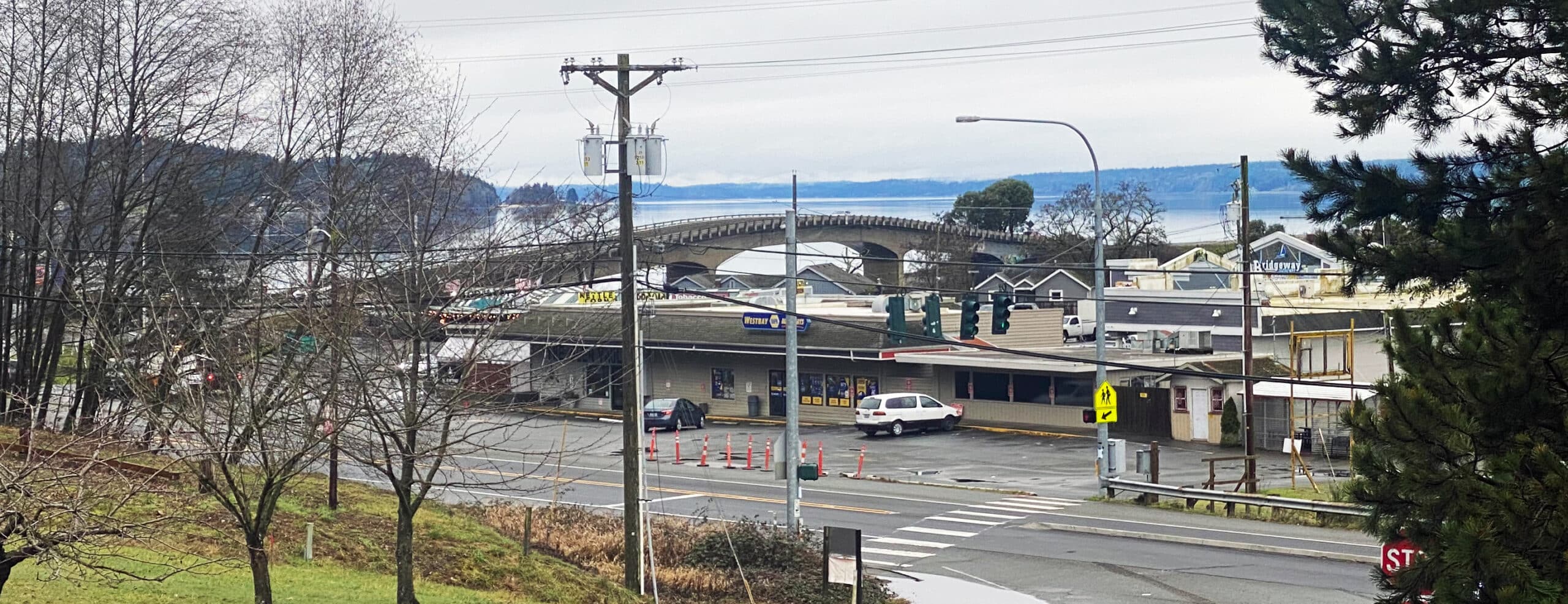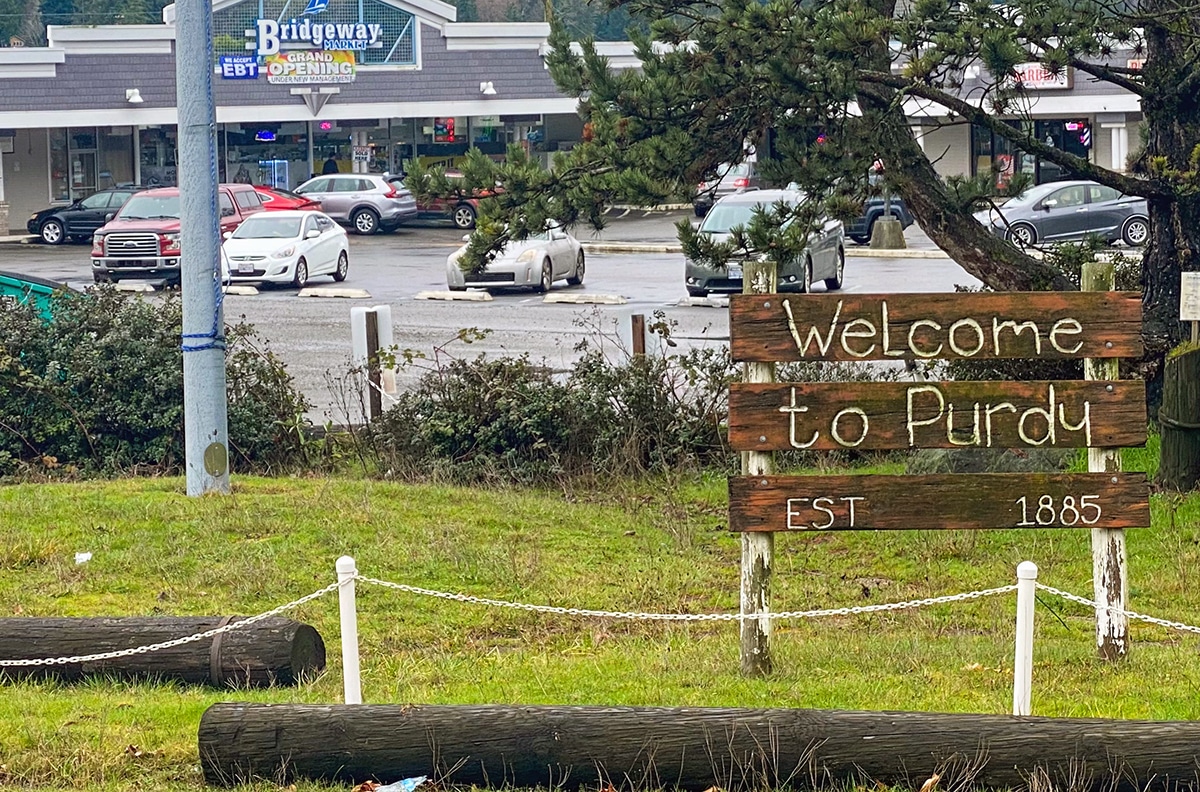Business Community Environment
County planners switch views on Purdy, now recommending a more urban future
“Shock” is the term one lawmaker representing Gig Harbor used to describe her response to the Pierce County Planning & Public Works Department’s recent flip-flop on the future of Purdy, the unincorporated community just outside Gig Harbor’s northern border.
Early this year, county planners recommended stripping Purdy and some other unincorporated areas next to Gig Harbor from the city’s urban growth area (UGA). This was to take effect via changes in the county’s updated comprehensive plan, due to be finalized in December.
Being in a UGA means an unincorporated area is slated become more city-like. That means growth-friendly zoning, additional urban infrastructure like city sewers and water service, and possible future annexation by the adjoining city or town. Losing UGA status means the opposite: an area will stay more rural, with less development.
Many prefer a UGA exit
Some land owners in Purdy opposed losing UGA status. They complained they’d lose property value from the downzone that would accompany the change.
But residents of the area appear to prefer a less built-out future, said Pierce County Councilmember Robyn Denson, whose district includes Purdy and Gig Harbor. And in February 2024, the city of Gig Harbor weighed in with its official support for dropping Purdy from its UGA.

A slide from a presentation by a county planner, showing the areas that Planning & Public Works now says should stay in Gig Harbor’s urban growth area.
As a result, stripping UGA status — essentially blocking a more developed and “urban” future — for the areas including Purdy became a part of the draft comprehensive plan that county lawmakers and employees are shepherding toward becoming law.
But at meetings of the council’s Community Development and Environment Committee (CDEC) this month, county planners broke the news that they’d shifted views and now recommend keeping Purdy and additional areas around Gig Harbor within the city’s urban growth area.
Explaining the change
At its Oct. 7 meeting, Long Range Planning Manager Alon Bassok explained that his department originally identified 40 areas countywide where cities’ and towns’ urban growth areas could be retracted, to avoid a surplus of UGA land.
However, “through public comment and more investigation, information has come to light to suggest that many of them already have urban activities on them or would be useful for urban activities, so only about a quarter of them are recommended for your consideration to proceed” with losing UGA status, he said.

Alon Bassok, long range planning manager with Pierce County Planning & Public Works, speaks at the county council’s Community Development and Environment Committee (CDEC) meeting on Oct. 7.
Planning & Public Works now proposes the two “study areas” comprising Purdy remain within Gig Harbor’s UGA, planners told the committee. They also propose leaving a study area on Peacock Hill in the Gig Harbor UGA.
At the CDEC meeting on Oct. 21, Senior Planner Robert Perez provided details on his department’s change in thinking.
Consultation with the Peninsula School District helped change planners’ minds about a 30.9-acre chunk of Purdy – termed “study area GH-05” – that includes Peninsula High School. The school district is considering acquiring property nearby for its operations. For that reason, it should stay in Gig Harbor’s UGA, Perez said.
He recommended that if council members proceed with dropping this area from the UGA, parcels near the school should receive Public Institution zoning. That designation is intended to help in siting public-owned facilities and institutions.
“This is one where it’s going to require some nuance and finesse as far as the action the council wishes to take,” Perez said.

County planners said Purdy already has many urban characteristics, making it appropriate to stay in Gig Harbor’s urban growth area.
Is Purdy already urban?
The county had also recommended removing another 281.8-acre piece of Purdy from Gig Harbor’s urban growth area. But Perez said planners now favored keeping it in the UGA “so that certain studies can be conducted to appropriately address the special needs of this community.”
Pierce County Public Information Specialist Michelle Kircher expanded on this explanation in an e-mail: “The area was initially recommended for a UGA retraction by the department because annexation is unlikely and the lack of (water supply for firefighting) in the area is a limit to new development.”
But the new recommendation to keep this part of Purdy in the UGA “acknowledges that there is already significant development in the area. The department needs to do more work to determine if this area can be designated as a limited area of more intensive rural development (LAMIRD) before retracting the UGA here,” she wrote.
The county also changed its mind on 30.9 acres of unincorporated land on Peacock Hill, at the northeast corner of Peacock Hill Drive and Borgen Boulevard. Planners originally proposed taking this “study area GH-03” out of Gig Harbor’s growth area. However, further investigation found that the amount of environmentally-sensitive critical areas on the land did not meet the county’s threshold for UGA retraction.
Another reason for this area to stay in the UGA is that it “contains plats that have recently been in discussion and permitting with the city of Gig Harbor to extend sewer service to the area,” Perez said.
Bassok said that planners have reduced the area recommended for urban growth area retraction county-wide to 1,044 acres, down from an originally proposed 2,531 acres.
Denson still wants Purdy out of UGA
If the county council wants to follow Planning & Public Works’ recommendation to preserve UGA status in some of the 2,531 acres, including Purdy, council members must pass amendments. Approval of the current draft comprehensive plan would cause the entire 2,531 acres to drop out of urban growth areas.
That may be a hard sell. Councilmember Denson said she has no plan to introduce such an amendment. “I am supportive of removing Purdy from Gig Harbor’s UGA,” she said. “The majority of constituents who have reached out to me” support that stance.
The city of Gig Harbor informed Pierce County Planning & Public Works in a letter dated Feb. 22, 2024, that it favors removing the Purdy and the Peacock Hill land from its urban growth area. It is now preparing another communication reiterating that view, City Administrator Katrina Knudson said.
One disincentive for Gig Harbor to keeping Purdy in its UGA — and to eventually annexing Purdy — is the projected high cost of providing urban services there.

Many Purdy residents and neighbors want the county to remove the community from the Gig Harbor urban growth area.
Berk Consulting, hired by Gig Harbor to study annexation options, concluded in a 2023 report that Purdy would be the most expensive target among the potential annexations studied. Serving Purdy would result in an outflow of $273,872 (in 2021 dollars) annually following annexation. In contrast, nearby Canterwood, if annexed, would create a budget surplus of $194,330 per year.
Gig Harbor City Council Member Jeni Woock was surprised that county planners now recommend keeping Purdy in the city’s UGA. “We have no plans to develop it. We have no funds to develop it,” she said. Woock said she is drafting a letter to send to the county, expressing this view.
Developers want UGA status to remain
One Purdy land holder cheering Planning & Public Works’ recommendation to keep Purdy’s urban destiny is Gig Harbor-based Rush Companies. The company owns or controls 44 acres in Purdy.
Development Manager Steve Yester said the company felt “whipsawed” by the department’s earlier proposal to remove Purdy from Gig Harbor’s UGA, after the county worked with them just 7 years earlier to upzone their land and allow more dense development.
Pierce County and Gig Harbor have long recognized Purdy as having “a concentration of commercial uses with urban utilities, infrastructure, and housing already as dense as many areas within the city limits,” Yester said.
“The Purdy area did not meet the county’s definition of ‘rural’ even when the urban growth areas were established in the 1990s, which is why it was properly included at that time; it is certainly not more rural today,” he said.
